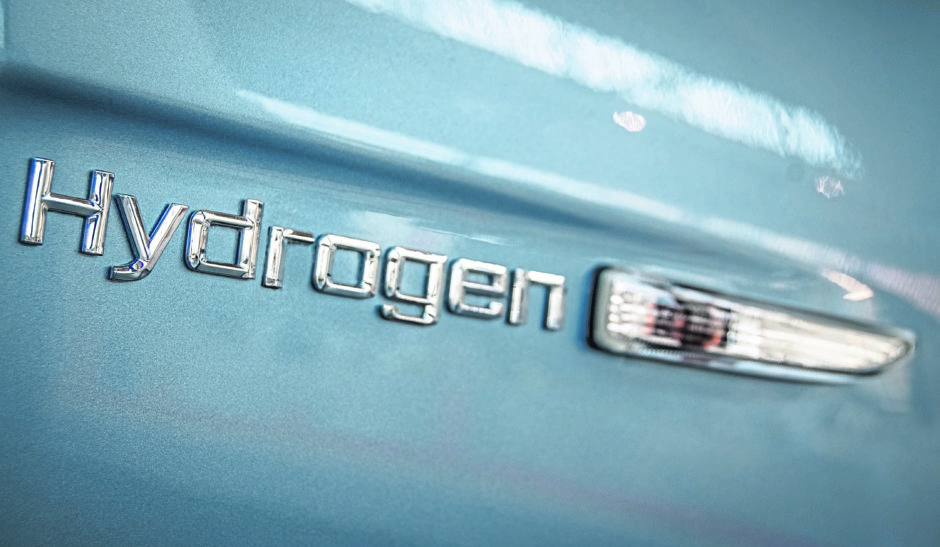
My recent Energy Voice article comparing Battery Electric Vehicles (BEV) with Hydrogen Fuel Cell Electric Vehicles (FCEV) generated some interest. To my mind the BEV has clear benefits from an energy efficiency standpoint, as an FCEV requires twice the energy of a BEV.
Despite the far superior energy use of a BEV, range and charge times is seen by many as a significant drawback. We can look to China to see how range anxiety and charge times and are being addressed. Battery swap – the concept here is drive in forecourts where the discharged battery is automatically moved out to be replaced by a fully charged unit hence significantly reducing charge times. NIO, the Shanghai based car manufacturer, are claiming a 3 minute swap time.
Range anxiety is being addressed through plans to build a large number of swap stations. BJEV, the electric car subsidiary of the Chinese manufacturer BAIC, are to invest 1.28 billion euros in the construction of 3,000 battery changing stations.
Furthermore, the battery in a BEV is a significant cost. Although model specific, Statista report a BEV battery to be around 25% of the overall car cost. By using the swap concept the battery could be rented, with part of the cost of the swap being a fee for rental. That would reduce the purchase cost of a BEV incentivising public uptake.
Finally, the swap batteries could be charged using surplus renewable electricity – a huge environmental positive for the concept.
BEVs and the swap concept looks to be a far superior option than the inefficient FCEV. Could the UK/Europe Governments and car manufacturers align themselves to this concept? It would require a significant amount of cross manufacturer standardisation.
Tom Baxter is visiting professor of chemical engineering at Strathclyde University and a retired technical director at Genesis Oil and Gas Consultants
Recommended for you
